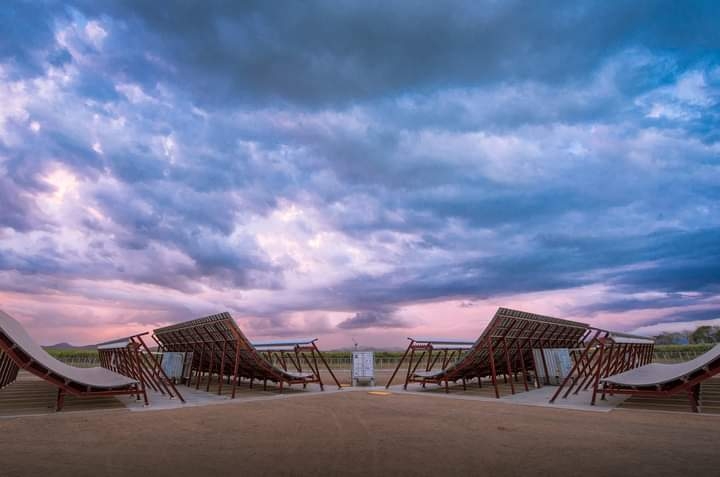News
Space radar inaugurated in Costa Rica will track objects the size of a golf ball
The Leo Labs company inaugurated the most advanced radar on the planet.

taken from Presidential House facebook
The Leo Labs company inaugurated in Costa Rica, this Thursday, April 22, a state-of-the-art radar that will track objects from the size of a golf ball for the benefit of astronauts and the space industry.
For Edward Lu, co-founder of Leo Labs, the radar will help protect astronauts on the International Space Station, as well as track objects for Earth orbit research and sustainability.
“As 20,000 objects are going to fly around Costa Rica in space, most are not tracked and can hit the Space Station without any warning. This radar is the most advanced in the world, it sends out radio signals to detect even objects the size of a golf ball traveling at more than 30,000 km/h,” Lu said.
The Costa Rican radar will examine the low orbits and will also provide an important view of the satellites to protect them from any eventuality, which is why it is important for the entire space community.
For Leo Labs, Costa Rica is in a privileged position on the Earth's equatorial line, which will allow it to better monitor what interests the company and the world.
“The little signals are picked up and we will be able to tell where the object is and how fast it is going. This here is special for the development of space and it is the beginning of our ability to track objects in space for the benefit of people, commerce, as well as Costa Rica”, commented Edward Lu. During the inauguration of the radar, the President of the Republic Carlos Alvarado, the Costa Rican astronaut and CEO of Ad Astra Rocket Franklin Chang, among other personalities, were present.
“This is a dream come true. It is a radar built by Costa Ricans (engineers, technicians) and all this piece of technology has a purpose for humanity; It provides protection for those who are and will reach space,” said President Alvarado.
In addition, he commented that now space will be part of our ecosystem.
“Costa Rica is proud to be a partner in this great development in a very complex time for humanity such as the pandemic, climate change, in addition to the pressure of the economy. Dreams can come true and today we already have it here”, added Alvarado.
Franklin Chang highlighted that many people collaborated in making this a reality, since it is something that had not been done in the country.
“The radar was built in nine months and I think it is a record for the same company and I am very proud that the country has responded as it has. The entire structure was made in Costa Rica with Costa Rican technology and human material; this is an instrument that has the ability to measure very small objects and it is an opportunity for young people who study in schools and colleges,” Chang said.
The Costa Rican radar was installed in Carrillo de Guanacaste, inside the Hacienda el Viejo, a National Wildlife Refuge (private refuge), which has an extension of 2,020 hectares that borders the Tempisque River and the Palo Verde National Park.
